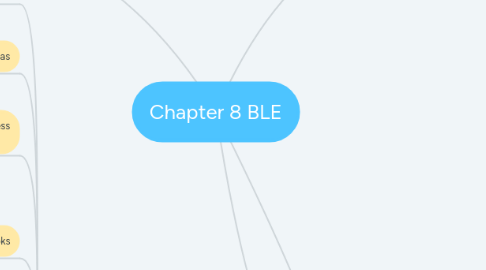
1. Effective teaching strategies for first lang writers (w/ modif) = effective for ELLs too
2. Differentiation Strategies beginners:
2.1. Scaffolds
2.2. Oral discussion and brainstorming of ideas
2.2.1. vocab opp
2.2.2. oral lang develop.
2.2.3. sharing writing with teacher and peers
2.3. Partner stories using pictures and wordless books
2.3.1. Pictures yield different interp.
2.4. Concept books
2.4.1. focus on concepts
2.4.2. Models for own writing
2.4.3. build vocab
2.4.4. productive lang use
2.4.5. participation in group act. opps.
2.5. Peek-a-boo books for younger, riddle books for older students
2.5.1. nonthreatening writing
2.5.2. Chances to guess and check understanding
2.6. Pattern Poems for Elem, and Sec.
2.6.1. sentence level scaffolds
2.6.2. Repeated phrases, refrains and rhymes
2.7. Personal journals to Dialogue journals to Buddy Journals
2.7.1. low anxiety writing opps.
2.7.2. automaticity
2.7.2.1. engage without thinking
2.7.3. Brainstorm ideas to talk about with students
2.8. Improvisational sign lang.
2.8.1. already known stories to create gestures to rep charac.
2.9. Life murals
2.9.1. drawings about significant things or people etc. in their lives they then write about
2.10. Clustering
2.10.1. vocab development
2.10.2. Prep for writing
2.10.3. mind map similarity
2.10.4. student rules for categorizing
2.11. Freewriting
2.11.1. no concern about coherence or correctness
2.11.2. fluency assistance
3. Process writing
3.1. 5 steps
3.1.1. prewriting
3.1.2. Drafting
3.1.3. Revising
3.1.4. Editing
3.1.5. Publishing
3.2. Breaks into manageable parts
3.3. Authentic audience and feedback with enthusiasm from students
3.4. Provide students to choose what they write
3.5. Web tools for process writing
3.5.1. blogs or wikis
3.5.2. collaboration
3.5.3. authentic audience and feedback
3.6. Collaboration
3.6.1. Peer response groups
3.6.1.1. Model response process for students to effectively provide feedback
3.6.1.2. Use 6 traits
3.6.2. Peer editing groups
3.6.2.1. final draft editing
3.6.2.2. focus on conventions now once the meat of the work is done
3.6.3. Publishing student writing
3.6.3.1. newspapers, weekly newsletters, etc.
3.6.3.2. Authentic audience
4. Intermediate strategies:
4.1. Show and Not Tell
4.1.1. multi-sensory description of what happened in the writing
4.1.2. ELLs can transfer knowledge to their own writing
4.2. Sentence combining
4.2.1. creating more complex sentences without changing meaning
4.3. Sentence shortening
4.3.1. creating more concise sentences
4.4. Sentence Models
4.4.1. from quality classroom reading material
4.4.2. move to more complex structures
4.5. Student example of the model
4.5.1. allow students to experiment
4.6. Voice
4.6.1. Modeling
4.6.2. Examples
4.7. Mapping
4.7.1. Mind maps
4.7.2. Creating categories
4.7.3. Working in groups
4.7.4. generate and organize ideas before writing
4.7.5. less intimidating and less commitment

